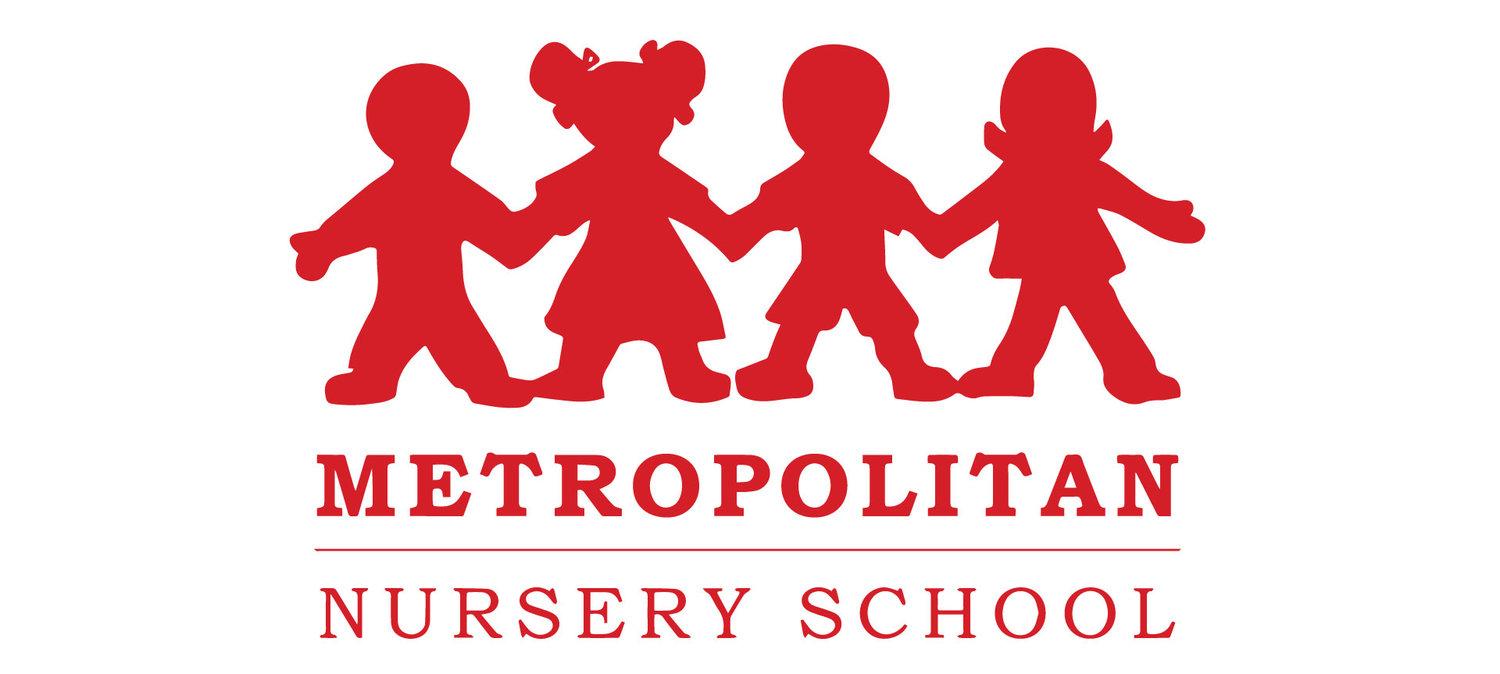You may have noticed an article from The Atlantic about why all boys should be redshirted, i.e., held back a year or given an extra year of preschool so they enter elementary school older.
This practice is not new. Even before we began pushing academic curriculum meant for 6 and 7 year-olds into our kindergarten classrooms, parents of children with summer and early Fall birthdays considered giving their child “the gift of time” by delaying their entry into Kindergarten until they were 6. While parents were making these same choices a generation ago, several things have changed in education that I think make considering this gift of time even more relevant today.
(1) Kindergarten looks more and more like 1st grade now. Especially as Kindergartens and PK classrooms get attached to elementary schools, the curriculum/schedule/routines AND expectations for behavior get pushed down into these earlier grades. There is more structure, less play, and academic demands often meant for children with more developed motor control. On good example of typical development not meeting demands of the classroom is reading. The binocular vision required for reading is developed between the ages of 5-8…imagine the stress of the 6 year old being asked to read smaller and smaller text. What we often see are frustrated children that are unable to move from the lower reading levels until the enter 2nd or 3rd grade. We’re lucky if they aren’t already frustrated, bored, or suffering from low self-esteem by the time they begin to take off on the skill. This same things occurs with other classroom skills that develop in our early elementary years (such as attention, inhibition, executive functioning).
(2) We know more about development of the brain and body now. The developmental arc is much wider in the preschool years. Typical developmental spans are broader, and skills, particularly motor skills, build on each other in a way that makes rushing them sub-optimal. We also know that these early years are when we learn how we learn! Giving your child a chance to try new things, make lots of mistakes, take their time, doing all those things in a low-risk environment like preschool, gives the child and the parents more time to learn what elementary schools will be best fits for the child moving forward. Once they enter elementary school, the demands of what they need to learn move much faster. It’s much harder to recognize learning differences as children get older. They get better at compensating and by the time we realize their struggling they may already be frustrated, bored, or suffering from low self-esteem. In preschool, they wear their frustration on their sleeves, and the skills they need to learn are almost always observable…teachers have the time to watch where they are struggling and puzzle through what is happening, that way they and the parents enter elementary school with more knowledge about their child as a learner.
(3) Play is the way children learn and preschools simply have more time for play. While not true across the board, most preschools make play their primary mode for teaching. Games, songs, silliness, laughing, child-driven play! And time…if you think you can’t spend weeks on end talking about how their world changes in Fall, then you should revisit a preschool classroom!
(4) The social skills children need in life, are taught and learned in preschool. Supervised play is when teachers can listen for conflicts, talk children through them, teach alternative strategies. In elementary school time for free play disappears, recess turns into 30 minutes of mostly unsupervised play so teachers can get a break, and the academic demands of the curriculum preclude time for teaching social and emotional skills that are the brad and butter of a good preschool education.
For all these reasons, I fall firmly in the “what’s the hurry” category. For boys and girls, if they need extra time. Some children are ready at 4 and 5 for those additional demands of an elementary school classroom, but some aren’t, and no one is ever hurt by having extra time. The reverse is not true, I have seen children struggle and hate school, simply because they feel stupid, or get in trouble a lot because they aren’t mature enough to meet the demands of the classroom. These children may still be told they should be held back, later in their academic career. The redshirt year in preschool is much more fun. You will never regret doing it, even if you end up wondering whether it was necessary. My own son was given two PK years. He was so tiny and had a summer birthday. I didn’t know at the time, but he also turned into a late reader (both of my children didn’t take off in reading until the 2nd and 3rd grades). But, once he took off, he flew. He moved ahead in math, he excelled through middle and high school. And in elementary school, at each parent teacher conference when I was told he was in the lower reading group, I was also told what a wonderful and mature leader in the classroom he was. Teachers loved him, he felt that, and he has always thought he was a valued student. When he began getting ahead in subjects, it was easy enough in middle and high school to move him ahead as needed. If you met him now you may ask, did he really need that extra year? I know he did, but I’ll also never regret it, even if he didn’t!
Your teachers will talk with you in the Fall. and Spring conferences about your child and plans for next school year and the years ahead. If you have questions about timeline or your child’s readiness, make sure to talk to them during conferences!
